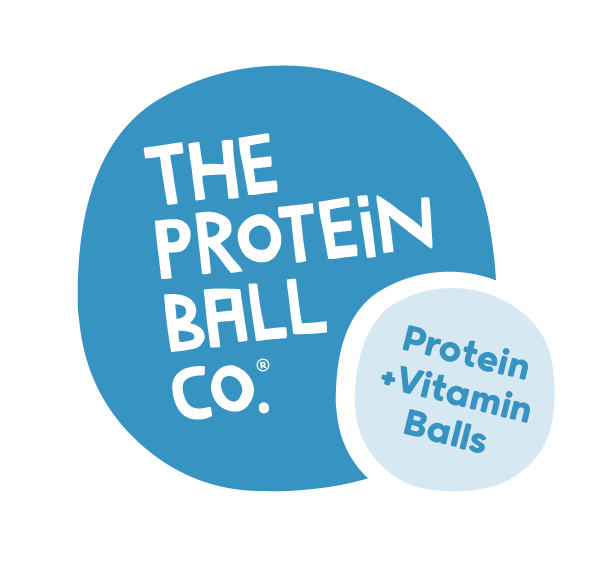Shin splints and other common running injuries
A runner’s biggest nightmare is not being able to run. Most runners will have experienced one or more of the common running injuries such as shin splints or runner’s knee.
Although it is unlikely that you will always be injury free, there are a few things you can do to avoid injuries.
Warm-ups and cool-downs pre and post-run can help, allowing your muscles to start working before you hit top gear and therefore reducing strains and muscle tears.
Rest days and slow recovery runs after hard efforts give your body time to recover ahead of your next hard workout. It is also a good idea to listen to your body. If you do feel aches and pains then hit the breaks and slow down. It is easy to push through, especially when pain can ease when you have warmed up. These pains and stiffness will probably return after your workout.
Foam rolling and massage can relieve tight sports and shorten the time your muscles need to recover.

Hitting the wall
Every runner will have heard of hitting the wall but not everyone will have experienced it. It usually only happens during longer distances such as the marathon or an ultra. Most of the time it will happen at the 20-mile point and happens when your body’s glycogen stores become depleted i.e. the fuel needed to give you energy has gone.
Most training plans advise against running more than 20 miles in training as the impact of running over that distance in training can be tough to recover fully from or increase the possibility of injury.
Because of this, mile 20-26 of a marathon are not only an unknown but also the most likely time that you will hit the wall.
Gels can replace the energy lost, although taking them when you hit the wall won’t work. Your body needs time to absorb the energy, so taking them before you hit the wall is the only way to go. Practice using them in training, maybe at mile 10-13 and then every 30-45 minutes. Not everyone likes the gels, and they don’t work for all runners, fortunately there are other alternatives.
Why not use the MK Winter Half Marathon Or Cattle Creep… A Little Further 10 miler to test your fuelling strategy in a race setting?
Need to run to the loo during a race
When we start a race, our initial intention is to run towards the finish line, but now and again a runner will have to run towards the portaloo instead!
When you run, the blood that is normally used to assist everything, including your digestive function is directed to your cardiovascular system to keep you running which can in turn cause stomach issues.
You can reduce the risk of this being a problem by staying hydrated. Before your race, you should stick to foods and meals that you eat regularly and haven’t caused issues before. For example, if your meal the night before a race is pasta bake, stick to it. Do you usually have porridge before a long run with no adverse effects? Then go with it! If you use gels or energy drinks, again stick with the brands you know and trust and resist the temptation to grab a freebie at the drinks station.
Talking of nightmares… Why not take on our Halloween classic night run, the Cattle Creepy?










